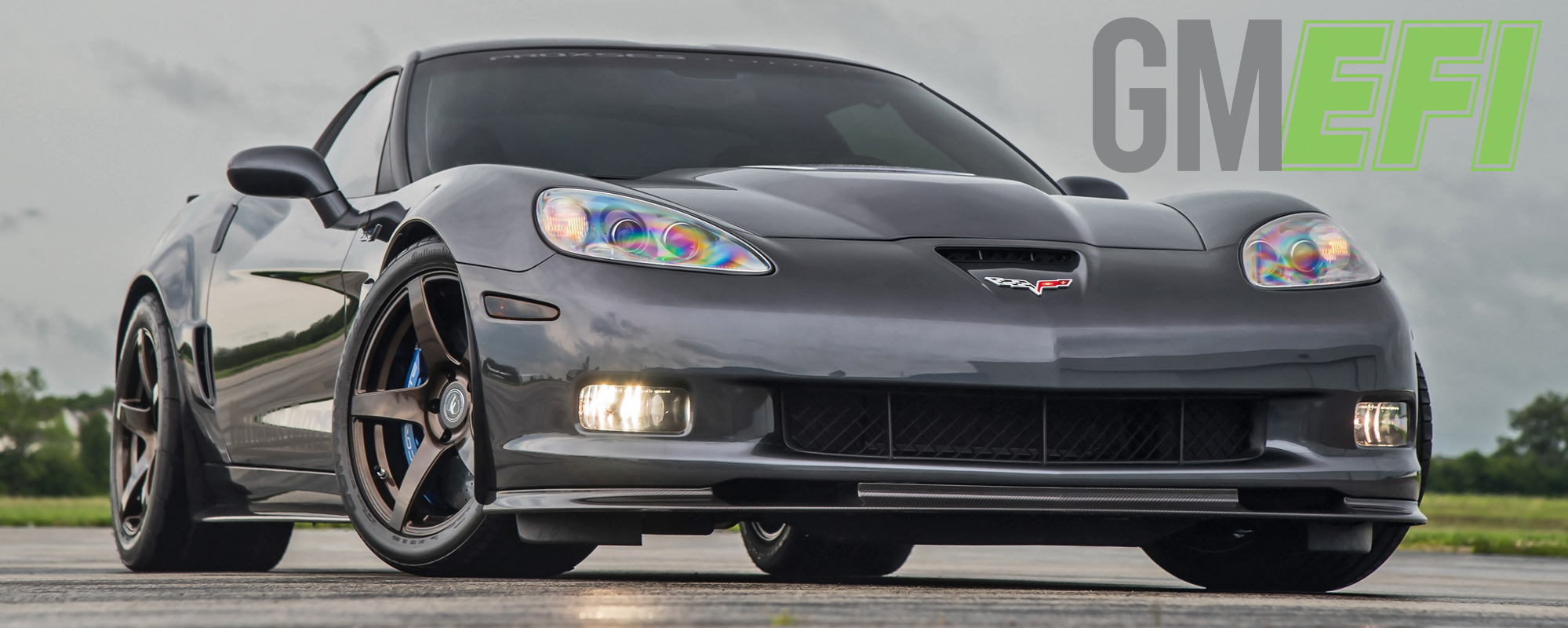
Nice Escal- oh wait, never mind. What looks like a badly homemade Escalade EXT, is actually in fact a Shanxi Victory 1, allegedly.
photos by: various sources
No matter where you look, it’s all about China; their stronghold on consumer goods, industrial manufacturing and their booming automotive industry. The list of Chinese vendors with a booth at the SEMA Show continues to grow every year and there seems to be no slowing them down. Wall Street analysts cite that the Chinese bubble will pop soon enough and it’s going to be ugly, while others claim that the economic climate that’s [currently] strongly in their favor won’t be changing any time soon. But I’m not holding my breath, either way.
Your author grew up in the eighties, at a time when the country’s largest economic and industrial manufacturing foe was Japan. Their products were typically less expensive and regarded as higher-quality than their American-made counterparts. Naturally, being the red-blooded American that I am I whole-heartedly disagreed at the time. Of course, growing up in a blue collar household had an influence on me as well.
“It should bee said that unlike Japan’s practices of the past, the copies are typically horribly-made products.”
But it wasn’t without Western ingenuity and technological practice that the Japanese rose to global economic fame, anyway. After forming a brief friendship/allegiance with Britain’s car manufacturers, such as Austin, it used information, technology and even styling characteristics borrowed from the English car makers and applied it to their own models. Eventually, they created their own versions of two-seat roadsters and sports cars, even infusing design cues from the Jaguar E-Type into the Toyota 2000GT and Datsun 240z.

Nope, it’s not a Chevy Colorado and it’s not some obscure, Chinese version that GM has licensed. It’s a legitimate fake from Chinese manufacturer, JAC.
According to urban legend, Toyota later wanted to set up a dealer network with Ford during the ’70s – until the marketing management at Ford kindly declined, and Toyota later released the ’77 Celica with some heavy Mustang styling cues, in spite of Ford. Eventually, Japan grabbed a huge chunk of marketshare away from America’s own auto industry, and has continually closed the gap as the years wore on. Unfortunately, history has a way of repeating itself…
After decades of bad negotiations with China and other Asian-Pacific countries, there seems to be free reign on what other countries can copy and manufacture. China is by far and away leading the charge, essentially recreating products of other’s designs and selling them as their own. Although we get a taste of it over here, it couldn’t be more blatantly obvious in their own country. Top Gear UK once covered this in a segment a few years ago where they comically, but factually, went into great detail highlighting this, as you can see in the clip below:
Now it should be said that this isn’t relegated to electronics, children’s toys or automobiles as a whole, as some of our very own aftermarket companies on this side of the pond have been under attack in the last year alone; from rebranded copies, to straight-up remanufacturing products under the original manufactures packaging and selling them as their own. Both Aeromotive and our friends at Brian Tooley Racing, among others, have recently suffered such fates with more being reported everyday.
While it may not seem like such a big deal on the face of it to some of you, bear in mind that these are American companies with huge liabilities at stake, reputations to uphold and customers like us to rely on to keep them in business. If these repackaged, fake components continue to flood the market, enthusiasts could have a tough time in choosing their next automotive performance products. It should be said that unlike Japan’s practices of the past, the copies are usually horribly-made products.
“My advice? Stay away from any deals on new products that sound too good to be true and always buy direct from the manufacturer…”
Typically, a lot of these parts are finding their way into enthusiast’s hands via eBay, Amazon and seemingly legit online automotive parts stores. As of now, our aftermarket parts suppliers are doing what they can to limit these fraudulent products from hitting consumer hands and ultimately, being installed into their vehicles. With sketchy quality designs from even sketchier manufactures behind them, there’s not telling what you’re putting into your pride and joy when you go with these Chinese knockoff products.
My advice? Stay away from any deals on new products that sound too good to be true and always buy direct from the manufacturer whenever possible or through a well-known, licensed dealer. Like they say, if something sounds too good to be true, it probably is.

Rick Seitz is the owner and founder of GMEFI Magazine, and has a true love and passion for all vehicles. When he isn’t tuning, testing, or competing with the brand’s current crop of project vehicles, he’s busy tinkering and planning the next modifications for his own cars.














